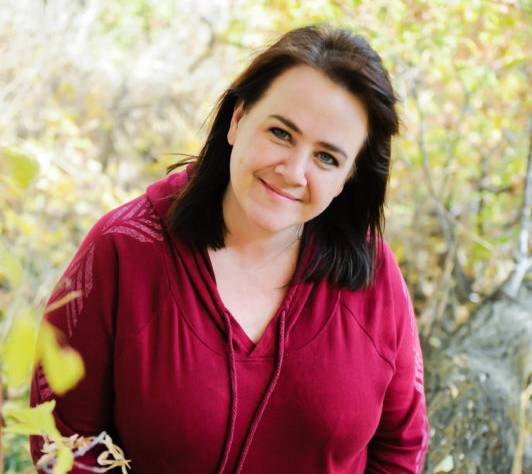As writers it is important to have a large vocabulary; an arsenal of words to accurately describe events, feelings, scenes and ideas. But sometimes in the attempt to write well we can lose some of the clarity. This is a problem because the whole point of writing is to communicate clearly. When a selection of text really works, it is satisfying to both reader and writer. That is the goal for me. I obviously want to value and love my own work but never at the expense of the reader. Ask for feedback from others if you are unsure about how clearly you are communicating in your writing.
Here are few tips I use when my work becomes little muddy.
What’s your Motive?
Sometimes I write for reasons unknown, even to myself. I feel compelled to create something, capture an idea or feeling with words, to express frustration, to make a point, win an argument and any other number of reasons. I rarely have the luxury of knowing exactly my motive for writing before it is written. I discover my motive during the writing process. It is revealed to me through the work. This means that a lot of my writing in the early drafts is muddy and unclear. One of the essential steps to gaining clarity is to understand my own motive for writing. Once I am clear why I need to say what I am saying I have the necessary insight to begin editing out that superfluous and repetition.
Don’t Edit . . . Yet.
When I am drafting a new essay or article I don’t censor myself at all. I write fast and furious. My work is quite sloppy, repetitive and meandering. I am careful not to edit my work while I am in the early drafting stages. I think it is ineffective and even counterproductive though many writers may disagree with me. Trying to edit while I write a first draft causes me to become too invested, too attached to my work to properly edit when the time is right. Let it be messy, let it be simple, let it be boring. Just don’t edit. Yet.
Editing. Why Less is More
Whenever I edit my own work one of the most useful techniques I use is sentence testing. I begin reading the first sentence. I then delete the first sentence and read my work as if the second sentence is the first. Is the work better? Clearer? Improved in any way? If the answer is no, I paste the sentence back in. I move to the next sentence, repeating this process through the entire work. Then I follow the same procedure with paragraphs. If I am writing a book, I use this process for whole chapters. I am regularly surprised at how removing material often makes my work stronger.
Shorter Sentences
Sometimes when I am working on a piece and I am really struggling to get the wording in a sentence of phrase and I can’t seem to make it sing, I try making the sentence shorter. I will attempt to say what I want to say using the fewest words possible. If I can write a short powerful sentence it will always communicate more clearly than a long one. This isn’t a solution to every writing problem but it is a good place to start if I am stuck or struggling. Try breaking up longer sentences into two or three shorter ones. See if anything is lost or gained by doing so. I have discovered that it take great skill to write simply and beautifully.
The Power of Punctuation
I used to think of punctuation as simply structural or grammatical until I began writing poetry. Writing and reading poetry helped me understand how punctuation can create clarity or confusion equally. Punctuation creates rhythm, speed, pauses, emphasis and so much more. Punctuation is important to consider when aiming for clear communication. We have all experienced the friend who uses too many exclamation points in a text. The really meaning is lost in overuse. Or the friend who uses no punctuation and we are left to assume too much.
Layering
Layering is a pretty complicated process in writing so for the sake of brevity I will mention just the basic idea of layering. When I was a kid, we had an old atlas. In the center of the book was a series of thin clear, cellophane pages. The first page was a small portion of a geographic element: a country or body of water. The next page was overlaid onto the first page and added a new geographic element showing the relationship and spatial qualities between the two elements. This process would continue until the entire map was complete. This is exactly the idea when layering in writing. Each layer is simple and clear. Each layer adds something that enlightens and informs. But when added together, layer upon layer, the completed draft has depth, nuance and subtlety. And most of all clarity.
I use these tips regularly in my own work and perhaps they can be useful to you as well. I always remind myself to stop trying to impress the reader and just focus on being understood by the reader. After all, communicating is the whole point.

Clarity in Writing
